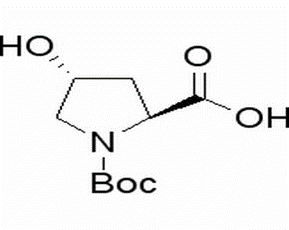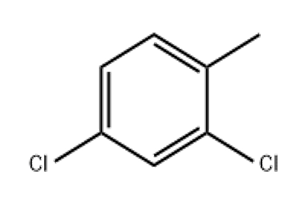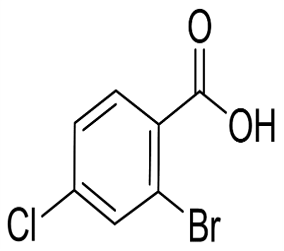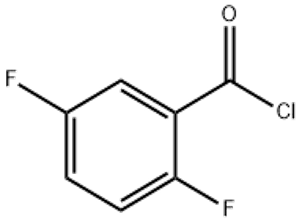boc-L-hydroxyproline (CAS# 13726-69-7)
Risk and Safety
| Safety Description | S22 – Do not breathe dust. S24/25 – Avoid contact with skin and eyes. |
| WGK Germany | 3 |
| HS Code | 2933 99 80 |
| Hazard Class | IRRITANT |
boc-L-hydroxyproline (CAS# 13726-69-7)introduction
BOC-L-Hydroxyproline is an important amino acid derivative. It has the following characteristics:
nature:
-Appearance: White crystalline powder
-Solubility: soluble in amino acid solutions, organic solvents (such as alcohols, esters), and water
Purpose:
-BOC-L-hydroxyproline is mainly used as a protective group in peptide synthesis, which can protect hydroxyl and amino groups and prevent them from being interfered by other reactants.
Manufacturing method:
-A commonly used method for preparing BOC-L-hydroxyproline is to add a BOC protecting group to hydroxyproline. Firstly, hydroxyproline is reacted with BOC anhydride under alkaline conditions to generate BOC-L-hydroxyproline.
Security information:
-Appropriate protective equipment should be worn during operation, such as laboratory gloves, glasses, and laboratory coats.
-Avoid inhaling dust or coming into contact with the skin.
-BOC-L-hydroxyproline should be stored in a dry, cool place, away from sources of fire and oxidants.








